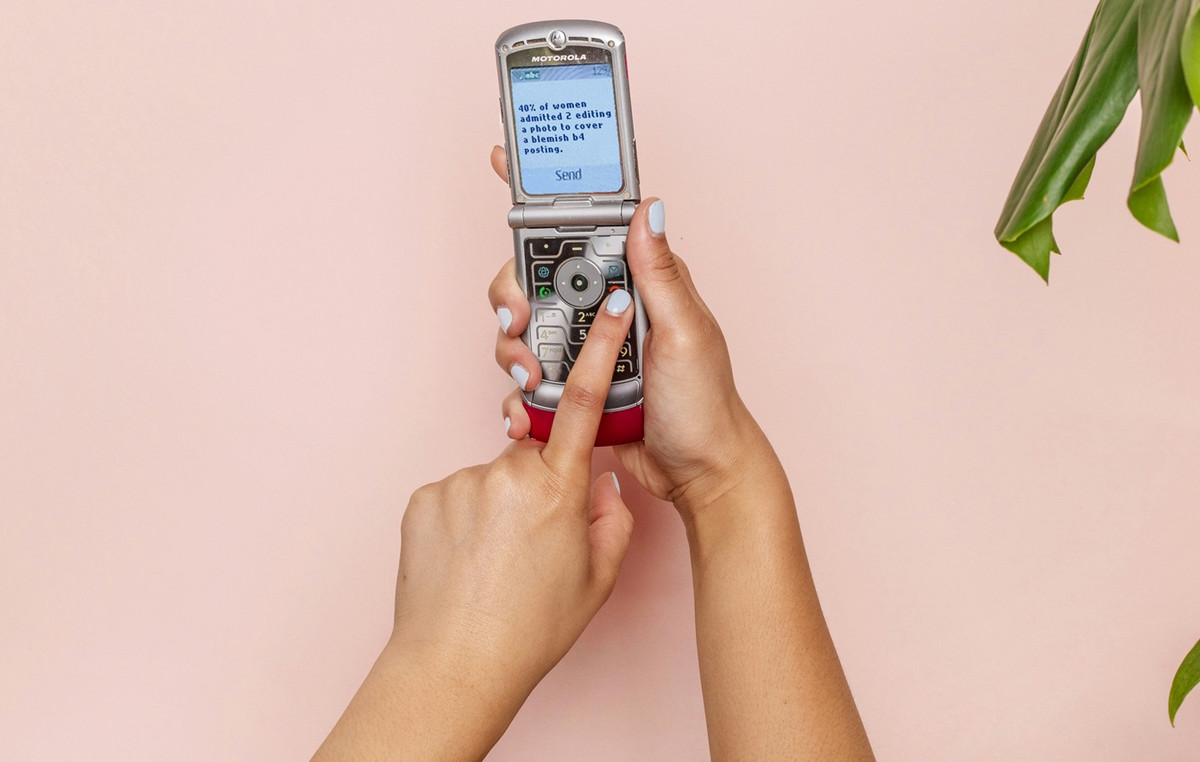Now, buying a smartphone is a little more similar to choosing an appliance, thanks toenergy labelwho promises to tell us (a lot) more about our devices. The European Union wanted it, and today it is mandatory on all smartphones and tablets. Behind there is a simple logic: more transparency, less greenwashing, more awareness for those who buy. A small silent revolution that could finally give consumers the information that really serves in preferring one model rather than another.
How the energy label is presented
Rectangular, with white background, minimal look: the one we are used to seeing on appliances, but different in substance. In practice, an identity document in nine sections, each with a story to tell. In the first place it drives a QR code: the shortcut for the most curious who want all the technical details without having to decipher it.
The sum of the various parameters is a “Energy efficiency index (IEE)», A formula that takes into account how much the device consumes compared to its performance. Do not expect miracles: most current smartphones are positioned between the C and the E, but it is an objective parameter for comparisons.
What does the new energy label really tell us?
Much more than we imagine. In addition to the energy class, the label shows:
- Battery life In hours of continuous use: an estimate made with standardized tests conducted in conditions of “intense use”. No more “up to 25 hours of autonomy” based on unrealistic scenarios (the classic laboratory conditions).
- The resistance to fallswith a scale from one to five: finally a way to find out if our smartphone is to be handled with gloves or can survive the various falls of everyday use. Precious information for those with the hands of butter or children at home.
- The degree of reparactabilitydaughter of the European campaign Right to repair: a score that indicates how easy it is (and convenient) adjust the phone when something goes wrong. A hot topic in times of sustainability and growing costs.
- The number of complete charging cycles That the battery can bear before degrading to 80% of its ability: it is the real litmus test of the longevity of the device. A crucial figure for those who think they keep the same phone for more than two years – practically an eternity in the era of continuous upgrades.
- Powder and liquid resistanceindicated with the usual IP code (already familiar to those who have ever read a technical data sheet).
A breath of air in an opaque market
This label arrives in a market that is acquiring more and more awareness: smartphones don’t only have to amaze, but also last over time and maybe be repaired. After the technical characteristics of smartphones increasingly technologically evolvedreliability, reparactability, and how much a device impacts – really – on our wallet and on the planet are also entering the purchase. It remains to be understood if Italian consumers, historically seduced by the logo rather than the data, will change course. But at least now, next to the advertising slogans, there is a white label capable of talking clearly and guiding purchases.
Source: Vanity Fair
I’m Susan Karen, a professional writer and editor at World Stock Market. I specialize in Entertainment news, writing stories that keep readers informed on all the latest developments in the industry. With over five years of experience in creating engaging content and copywriting for various media outlets, I have grown to become an invaluable asset to any team.







